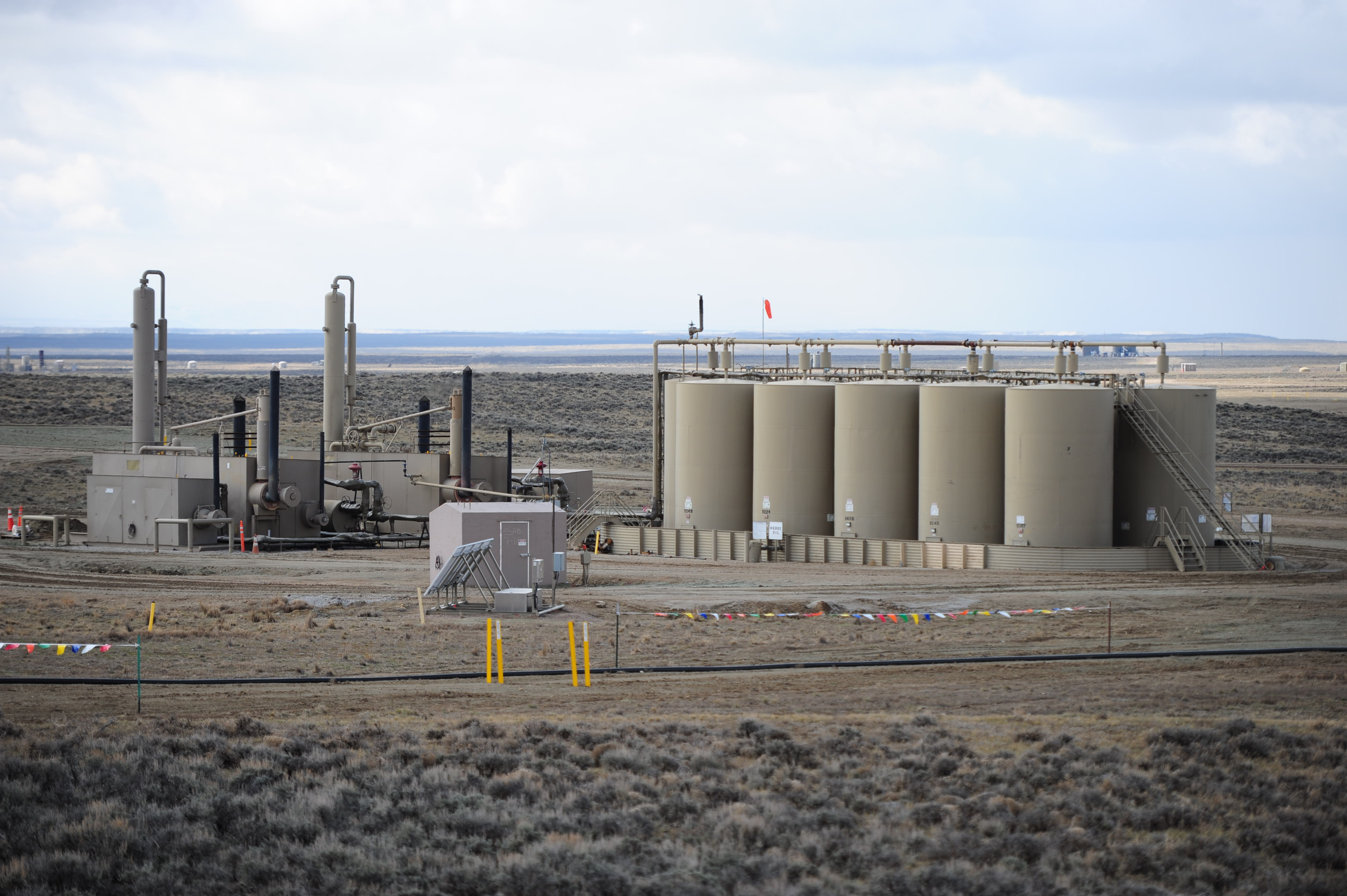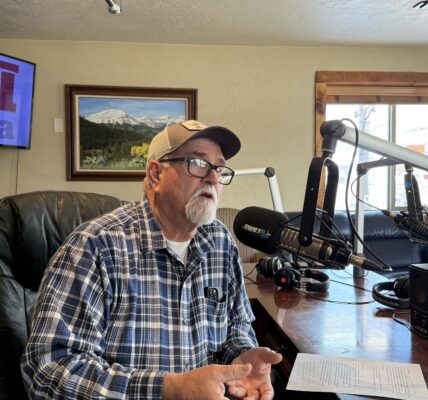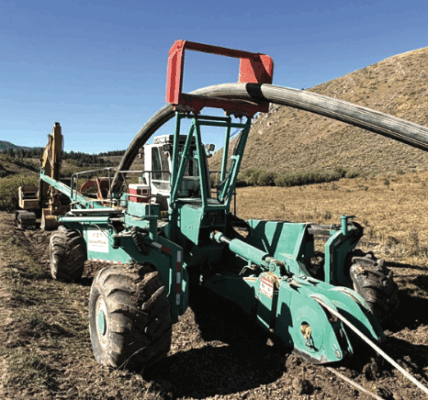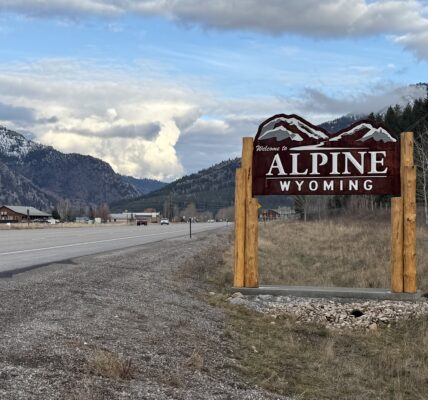
By Dustin Bleizeffer, WyoFile.com
Oil and gas companies successfully bid for the right to develop 71,251 federal acres across the West in the U.S. Bureau of Land Management’s first onshore oil and gas lease sale since President Joe Biden took office. Most of the newly leased federal minerals are in Wyoming — 67,627 subsurface acres, according to the BLM.
But the industry didn’t get nearly what it wanted.
The BLM offered just 21% of the 570,000 lease acres initially nominated in Wyoming, withdrawing large tracts that fall within greater sage grouse “core habitat.” Oil and gas companies picked up just 55% of the reduced 119,565 acres offered for lease in Wyoming.
“It’s just clear that this administration is doing everything it can to make it more difficult for leasing on public lands, which is detrimental to the state of Wyoming given our place as the leader of development on public lands in the U.S.,” Petroleum Association of Wyoming Director of Communications Ryan McConnaughey said.
The delayed and significantly reduced lease sale was a meager step in the right direction, according to environmental groups pressuring federal regulators and the Biden administration to make good on promises to reform the oil and gas leasing program.
“We obviously wish [the BLM] would have lived up to their commitment to take a timeout on leasing and acknowledge that there’s a lot that’s under lease already,” WildEarth Guardians Climate and Energy Program Director Jeremy Nichols said.
Hopeful drillers had nominated nearly 570,000 acres of federal oil and gas in Wyoming at the beginning of the Biden administration — an unusually large request that nonetheless fit a trajectory of increasingly larger quarterly oil and gas lease sales established under the Trump administration.
Amidst administrative appeals, lawsuits, a new administration and Biden’s 2021 indefinite moratorium on BLM oil and gas lease sales (since struck down in the courts), both the Interior Department and the BLM withdrew parcels, citing various concerns. Some were whittled away based on potential impacts to cultural resources and other competing public interests, but most — more than 380,000 acres — were withdrawn because they were located in greater sage grouse core habitat in Wyoming.
The iconic Western bird serves as a barometer for the health of the sprawling sagebrush habitat across the West and the more than 100 other species that depend on it. The bird remains imperiled, according to biologists, and its stronghold is in Wyoming.
“We believe [the BLM] took a fairly responsible step in shrinking this lease sale and making sure that it was less destructive than [oil and gas] lease sales under the Trump administration,” Center for Western Priorities Communications Associate Kate Groetzinger said.
The BLM went too far, however, in withdrawing entire lease blocks that only partially reached into sage grouse core habitat, McConnaughey said. The agency withdrew other lease parcels it claimed had low probability of oil and gas production, he added, yet many were located next to producing wells.
The industry did intentionally nominate more federal oil and gas lease acreage during the Trump presidency because of wildly differing approaches under GOP and Democratic administrations, McConnaughey added. “It pushes these swings in leasing during a favorable administration, knowing that they may not get the opportunity to lease under an unfavorable administration,” he said.
In addition to carving out the bulk of overlying sage grouse core habitat, the sale represented the first BLM lease sale to apply the new increased minimum federal onshore oil and gas royalty rate of 18.75% — a substantial jump from the previous 12.5%. Conservation groups had long pushed for the royalty rate increase, pointing to a 2017 Government Accountability Office report that suggested raising the rate would have a “negligible” effect on the volume of production while boosting revenues to American taxpayers.
About 50% of federal mineral royalties are returned to the state where the minerals are produced. The new rate of 18.75% is “in keeping with rates charged by states and private landowners,” the BLM said.
Implementing the royalty rate increase was “a really good thing that needed to happen,” Groetzinger said. However, several PAW members didn’t bid on some parcels they’d nominated due to the increase, McConnaughey said, because the new rate “changed the economics” of particular development plans.
Despite a higher royalty rate and a strategically reduced lease acreage, the BLM still failed to include more stringent bonding and reclamation requirements — both key concerns that the Biden administration had promised to address in its federal oil and gas leasing reform efforts.
“Minimum required bond amounts must be increased to match inflation and changes in technology, complexity and depth of modern wells,” Powder River Basin Resource Council member Bob LeResche said.
Worse, according to conservation groups pressuring the administration, is that the Interior and BLM for the first time included an analysis of how leasing more federal oil and gas might contribute to the climate crisis, but declared the lease sale would have “no significant impact.” It’s a reflection that federal agencies — laboring under a whipsaw of opposing mandates from changing administrations — are not committed to implementing a climate impact analysis of federal actions, according to Nichols of WildEarth Guardians.
“You can’t just chalk it up to ‘we don’t know’ and then make a determination that there’s no significant impact,” Nichols said. “I mean, we’re in the midst of a climate crisis. So it seems to us that any additive carbon emissions would have a fairly significant impact.”
Nearly 20 conservation groups filed two separate lawsuits against BLM in June for allegedly failing to reform the federal oil and gas leasing program.
“I think we face significant headwinds from the NGO groups who believe that there should be absolutely no more drilling on federal lands, especially with a favorable administration,” McConnaughey said.





